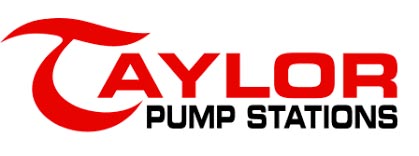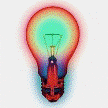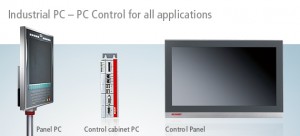“See You at the Station” What kind of business is a supplier of “A Prepackaged Waste Water Lift Station“?
“A business that assembles all the components necessary to make a complete working Lift Station, capable of moving the specific liquid waste as specified by a design engineer and shipped as a Prepackaged group of components, (usually in one large shipment, but sometimes two due to the size of the station) ready for install at the designated site”.
One day in the business of building “Prepackaged Waste Water Lift Stations”! Our first call is a customer who owns a Mobile Home park and needs a retrofit of an existing station.
 It is 8:00 am and a call came in for a small duplex pump arrangement with a duplex pump motor control panel and 3 float switches, i.e. the on/off, and high alarm for each pump. The gentleman to whom I was talking was very relieved that Taylor Made Pump stations, a large supplier of Prepackaged Waste Water Lift Stations for the municipal market, his words not mine, could help him with his small order for his mobile home park in Vale. Oregon. After some time of discussing the fixture load of the mostly single wide mobile home dwellings and determining the total dynamic head of the system as well as the liquid capacity of the waste water tank. It was determined that two Liberty FL 100 series Waste Water Pumps would adequately handle the peak flows. An Orenco High Density Polyethylene Screened Vault was also suggested as the current “screening method” was an old washing machine tub. A base model Allen Bradley duplex pump control was added to compliment the system and keep the entire operation simple. I was able to give this customer a price right away thanks to my relationships with my suppliers and the total cost of under of under $2,000.00 dollars. I was happy to hear that this customer heard about me through another customer and the last I heard referrals are a great way to build a business, including a Prepackaged Waste Water Lift Station business! I have several messages on my desk and all is good as I hear and see activity all around, but “Control Center” we have a problem.
It is 8:00 am and a call came in for a small duplex pump arrangement with a duplex pump motor control panel and 3 float switches, i.e. the on/off, and high alarm for each pump. The gentleman to whom I was talking was very relieved that Taylor Made Pump stations, a large supplier of Prepackaged Waste Water Lift Stations for the municipal market, his words not mine, could help him with his small order for his mobile home park in Vale. Oregon. After some time of discussing the fixture load of the mostly single wide mobile home dwellings and determining the total dynamic head of the system as well as the liquid capacity of the waste water tank. It was determined that two Liberty FL 100 series Waste Water Pumps would adequately handle the peak flows. An Orenco High Density Polyethylene Screened Vault was also suggested as the current “screening method” was an old washing machine tub. A base model Allen Bradley duplex pump control was added to compliment the system and keep the entire operation simple. I was able to give this customer a price right away thanks to my relationships with my suppliers and the total cost of under of under $2,000.00 dollars. I was happy to hear that this customer heard about me through another customer and the last I heard referrals are a great way to build a business, including a Prepackaged Waste Water Lift Station business! I have several messages on my desk and all is good as I hear and see activity all around, but “Control Center” we have a problem.
A slightly alarmed caller says “The EZZ-Klean™ tube cannot be installed as planned into a waste water lift station as the tube was tested by a loaded dump truck”.
For the finest wet well cleaning system on the market today to work you must install it into the wet well. The dump truck running over the EZZ-Klean™ tube definitely put a “crunch” on the installation. The contractor had just received the EZZ-Klean™ Tube and Vacuum Head from Oldcatle Concrete out of Wilsonville,Ore. Taylor Made Pump Stations is the manufacture for the EZZ- Klean ™ System and the man on the other end of the line wanted to know what type of material the tube was made of. I assured the panicked supervisor that another piece of HDPE suction tube is readily available from most Ferguson supply houses, throughout the N.W.
The old saying “So much to do and so little time “ is so relevant to anyone involved in business in these times. We fielded calls from solicitors and the Google team of ad professionals on top of a few individuals looking for work and suddenly the day comes to a close.
At Taylor Made Pump Stations we are a team of Prepackaged Waste Water lift Station Builders that base our business on referrals and good service after the sale!
Taylor Made Pump Stations builds and constructs “Prepackaged Waste Water Lift Stations” Taylor Made Pump Stations has been involved in the Waste Water Pumping Industry for over 34 years. We started by serving the residential market by building the home micro treatment systems as designed by the Department of Environmental Quality. Some 25 years later that small septic system installer was working on and building a multimillion dollar waste water treatment plant with the variety of construction classifications, from electrical and mechanical to the structures that house all the complex components!
This view of a day in the business of Taylor Made pump Stations, is limited to about 650 words per the ability of the average blog reader to stay interested. I hope the referencing of my daily activities gives an insight to what a service based company, Taylor Made Pump Stations, is. Stop by again, for another day, and we will








